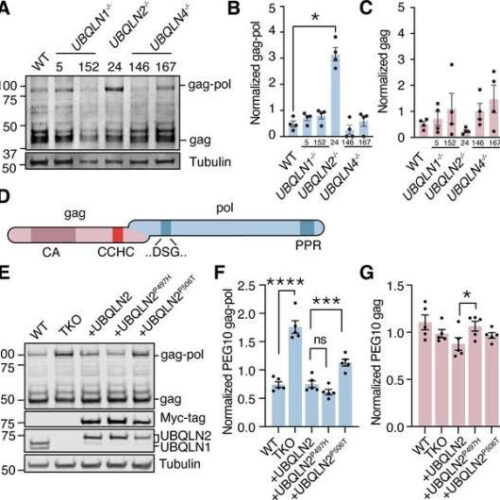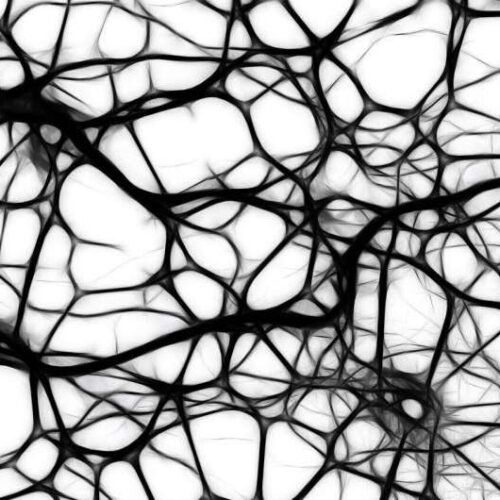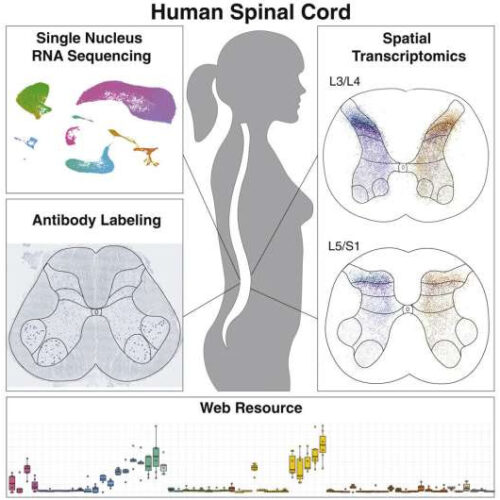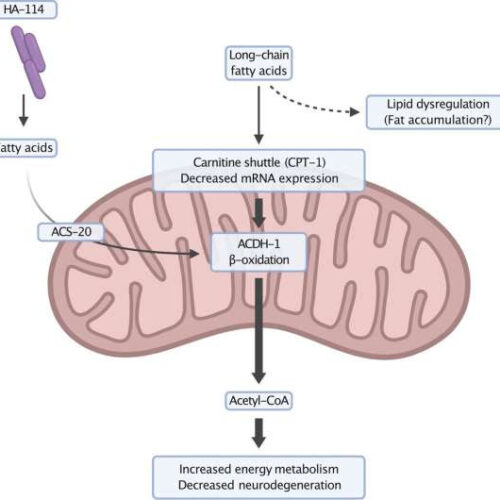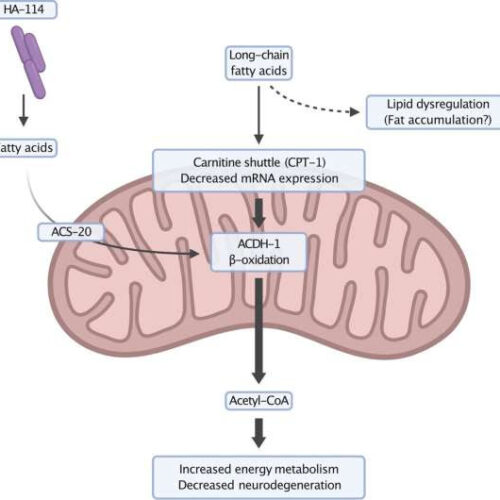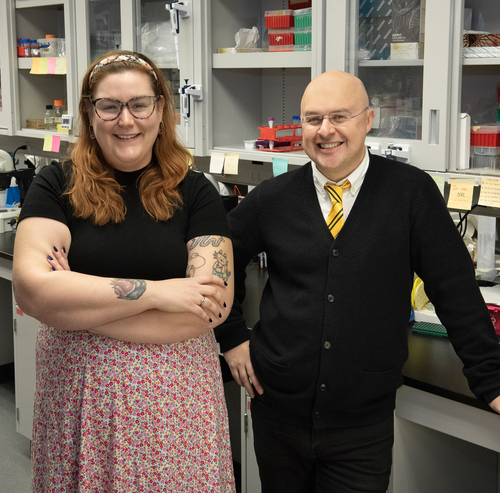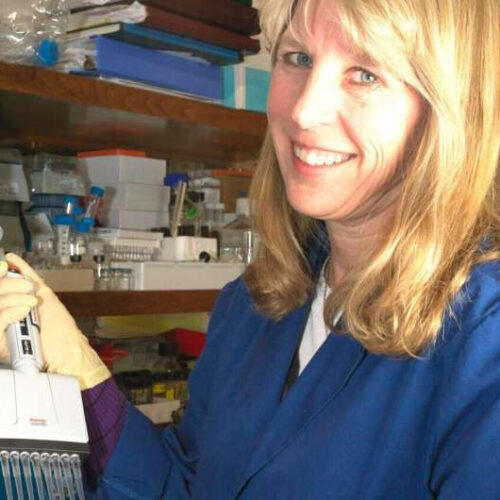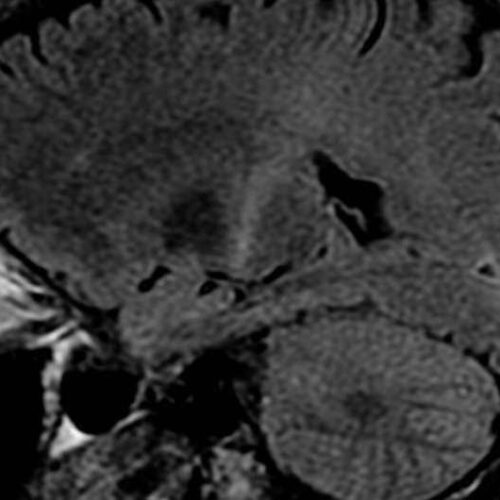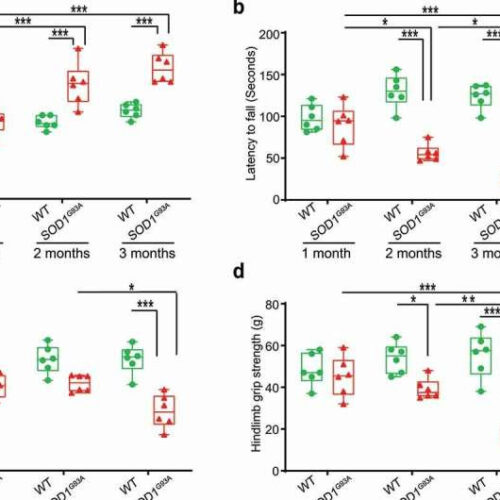by Lisa Marshall, University of Colorado at Boulder Ubiquilin 2 (UBQLN2) regulates paternally expressed gene 10 (PEG10) gag-pol abundance. Credit: eLife (2023). DOI: 10.7554/eLife.79452 More than 5,000 people are diagnosed annually with ALS (amyotrophic lateral sclerosis), a fatal, neurodegenerative disease that attacks nerve cells in the brain and spinal cord, gradually robbing people of the ability to speak,...
Tag: <span>ALS</span>
Calming the destructive cells of ALS by two independent approaches
by Northwestern University Credit: Pixabay/CC0 Public Domain Northwestern Medicine scientists have discovered two ways to preserve diseased upper motor neurons that would normally be destroyed in ALS, based on a study in mice. Upper motor neurons initiate movement, and they degenerate in ALS. These neurons have a pathology—called TDP-43 pathology—in which aggregating proteins inside the...
Study identifies features that may make motor neurons vulnerable to ALS
by National Institutes of Health Credit: Neuron (2023). DOI: 10.1016/j.neuron.2023.01.007 New research offers clues about the biology of cells in the spinal cord that die off in amyotrophic lateral sclerosis (ALS) and other neurodegenerative diseases. A team of researchers supported by the National Institutes of Health has found evidence linking motor neurons’ large cell size and supporting...
A protective probiotic for ALS found
by Bruno Geoffroy, University of Montreal Hospital Research Centre Neuroprotection mechanism of Lacticaseibacillus rhamnosus HA-114. ALS models have impaired carnitine shuttle, a mechanism to transport long chain fatty acids across the mitochondrial membrane for energy production via β-oxidation. Fatty acids, supplied by the probiotic bacteria, is believed to enter the mitochondria independently of the carnitine...
A protective probiotic for ALS found
by Bruno Geoffroy, University of Montreal Hospital Research Centre Neuroprotection mechanism of Lacticaseibacillus rhamnosus HA-114. ALS models have impaired carnitine shuttle, a mechanism to transport long chain fatty acids across the mitochondrial membrane for energy production via β-oxidation. Fatty acids, supplied by the probiotic bacteria, is believed to enter the mitochondria independently of the carnitine...
Found: A protective probiotic for ALS
UNIVERSITY OF MONTREAL HOSPITAL RESEARCH CENTRE (CRCHUM) IMAGE: ALEX PARKER, A CRCHUM RESEARCHER AND PROFESSOR AT UNIVERSITÉ DE MONTRÉAL, WITH HIS PHD STUDENT AND STUDY’S FIRST-AUTHOR AUDREY LABARRE CREDIT: CHUM Montreal, December 20, 2022 — A probiotic bacterium called Lacticaseibacillus rhamnosus HA-114 prevents neurodegeneration in the C. elegans worm,an animal model used to study amyotrophic lateral sclerosis (ALS). That’s the finding of a...
Cellular ‘Fix’ treatment shows promise against ALS in small study
by Amy Norton HealthDay Reporter Researchers have made early progress toward a new approach to treating the deadly brain disease amyotrophic lateral sclerosis (ALS): using patients’ own immune system T cells. ALS is a rare condition that kills nerve cells in the brain and spinal cord that control movement. Over time, it robs people of their ability to...
New blood test for ALS promises rapid diagnosis
by Brain Chemistry Labs Dr. Sandra Banack at Brain Chemistry Labs preparing microRNA analysis of ALS patient blood samples. Credit: Paul Alan Cox Patients with ALS, one of the most serious neurological diseases known, have been hampered by the time it takes to receive an accurate diagnosis. The period between the onset of symptoms and...
Researchers learn that ALS may be linked to both the immune and central nervous systems
by The Mount Sinai Hospital An MRI with increased signal in the posterior part of the internal capsule which can be tracked to the motor cortex consistent with the diagnosis of ALS. Credit: Frank Gaillard/Wikipedia The immune system may play a fundamental role along with the central nervous system in amyotrophic lateral sclerosis (ALS), also...
Could there be a link between the enteric neurons, gut microbiome and ALS?
by University of Illinois at Chicago Figure 1. SOD1G93A mice have slow intestinal mobility, decreased rotarod test time and grip strength during ALS progression. (a) SOD1G93A mice significantly increased gut transit time starting at 2-month-old compared to WT mice. In age-matched WT and SOD1G93A mice, intestinal mobility was tested using Evans blue marker (5% Evans blue, 5% gum...

